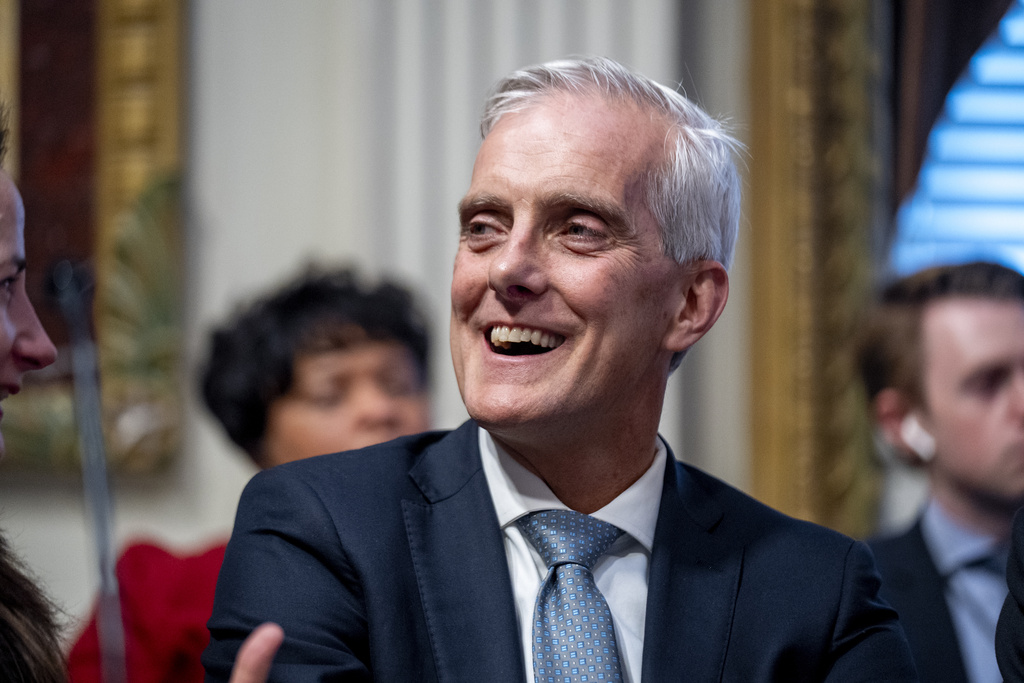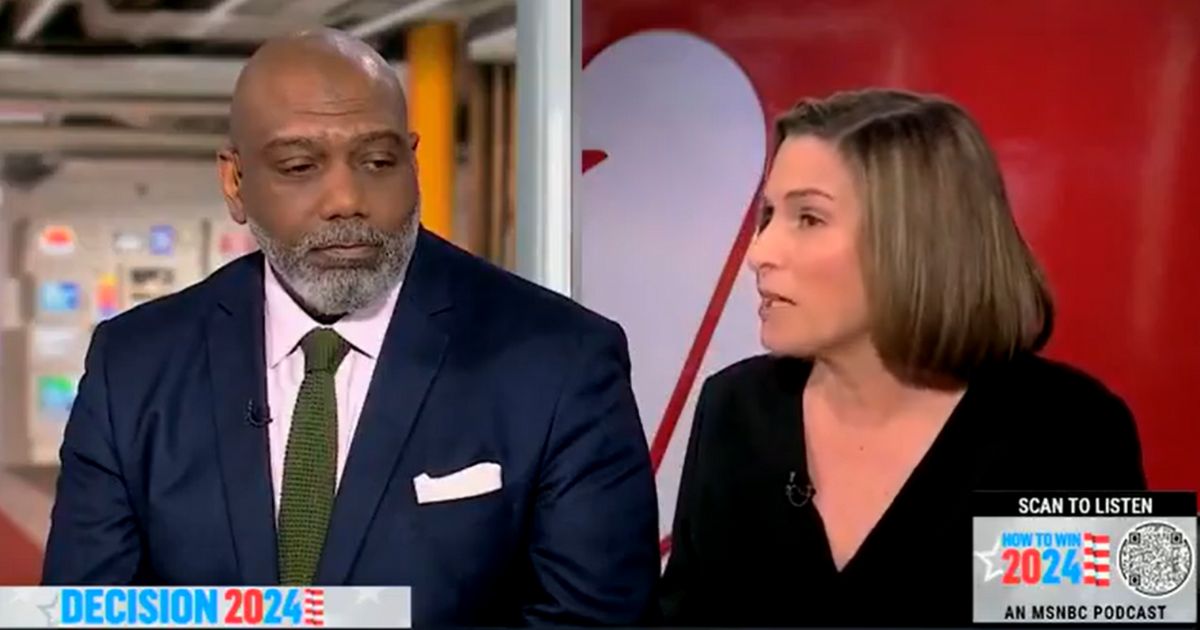College enrollment increases in fall 2023, marking first growth since COVID-19.
The Fall 2023 Semester Sees a Promising Increase in College Enrollment
The college undergraduate student population has experienced a slight but significant rise in the fall of 2023, marking the first enrollment increase since the onset of the COVID-19 pandemic in 2020.
According to data from the National Student Clearinghouse Research Center, undergraduate enrollment has grown by 2.1% in 2023, in contrast to a 1.1% drop in the previous school year. This increase offers hope that college enrollment is on the path to recovery after a prolonged decline exacerbated by the pandemic and the shift to remote learning.
Community Colleges Lead the Way in the Recovery
The majority of this recovery can be attributed to a remarkable 4.4% surge in community college enrollment, accounting for 58.9% of the overall increase in undergraduate students, as reported by the center.
Furthermore, nondegree programs for undergraduates experienced a substantial 9.9% increase, surpassing the 0.9% growth in bachelor’s degree enrollment. Associate’s degree programs also saw a positive trend with a 3.6% rise.
“This is excellent news for community colleges and the increasing number of continuing and returning students who had lost momentum due to the pandemic,” stated Douglas Shapiro, the executive director of the National Student Clearinghouse Research Center.
Challenges Persist for Freshman Enrollment
Despite the overall increase in enrollment, freshman enrollment declined by 3.6%, in contrast to a 4.6% increase from the previous year. Public universities experienced a significant decline of 6.9% in freshman enrollment, while private universities saw a decrease of 4.7%.
“The initial recovery among freshmen last year appears to have stalled, as more 18-to 20-year-olds, especially at four-year institutions, are opting out,” Shapiro explained.
Diversity Plays a Key Role in the Enrollment Increase
The center highlighted that black, Hispanic, and Asian students played a significant role in the overall increase, while enrollment for white students declined by 0.9% at the undergraduate level and 1.9% at the graduate level. Freshman enrollment for white students experienced a dramatic drop of 9.4%.
Overall, these findings provide a glimmer of hope for the recovery of college enrollment, particularly for community colleges and nondegree programs. However, challenges remain, especially in attracting and retaining freshman students.
Click here to read more from The Washington Examiner.
How does the rise in college enrollment impact both individuals and society as a whole?
Enrollment on the Rise
Among the institutions that have seen a notable increase in enrollment are community colleges. These two-year institutions have historically been a stepping stone for many students seeking affordable higher education options. However, the pandemic caused a significant decline in community college enrollment, with many students opting to postpone their education or explore alternative options. The fall 2023 semester, however, has seen a reversal of this trend. Community college enrollment has risen by 3.5% compared to the previous year, indicating a renewed interest in these institutions. The availability of online classes and flexible scheduling options has likely contributed to this increase, allowing students to pursue their education while balancing other commitments. Several factors may have contributed to the rise in college enrollment. Firstly, the increasing availability of vaccines and declining COVID-19 cases have instilled confidence among students and their families, making them more comfortable with the idea of returning to campus. The return to in-person classes and the revitalization of campus life have also played a significant role in attracting students back to college campuses. Furthermore, the economic recovery from the pandemic has created a positive outlook for future job prospects. Many individuals recognize the importance of higher education in securing stable and rewarding careers, leading them to pursue college degrees. Additionally, the government’s focus on expanding access to affordable education and providing financial assistance has also encouraged more students to enroll in college. The increase in college enrollment has several positive implications for both individuals and society as a whole. Firstly, it signifies a renewed interest in education and a recognition of its long-term benefits. As more individuals pursue higher education, they are likely to gain the necessary skills and knowledge to contribute effectively to the workforce, ultimately boosting economic growth and innovation. Moreover, the rise in community college enrollment is particularly promising. Community colleges serve as a vital pathway to higher education, particularly for underserved populations. By increasing access to affordable education, these institutions can help bridge the educational attainment gap and promote social mobility. While the increase in college enrollment is undoubtedly promising, it is vital to sustain this trend and address the challenges that remain. Community colleges, in particular, must continue to adapt and innovate to meet the evolving needs of students. This includes expanding online course offerings, improving transfer pathways to four-year institutions, and providing robust support services to ensure student success. Additionally, policymakers and educational institutions should prioritize affordability and accessibility. Financial aid programs, scholarship opportunities, and partnerships with industry can help alleviate the financial burden of pursuing a college degree and provide students with relevant practical experience. The rise in college enrollment for the fall 2023 semester offers hope and optimism for the future of higher education. It demonstrates the resilience of students and the enduring value of pursuing a college degree. By continuing to prioritize affordability, accessibility, and innovation, colleges and universities can further support student success and contribute to a more educated and prosperous society.Reasons for the Increase
The Impact of the Increase
The Importance of Sustaining the Trend
Conclusion
" Conservative News Daily does not always share or support the views and opinions expressed here; they are just those of the writer."





